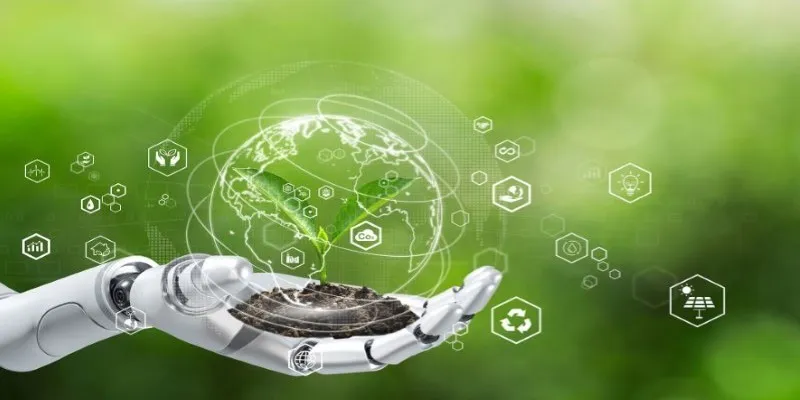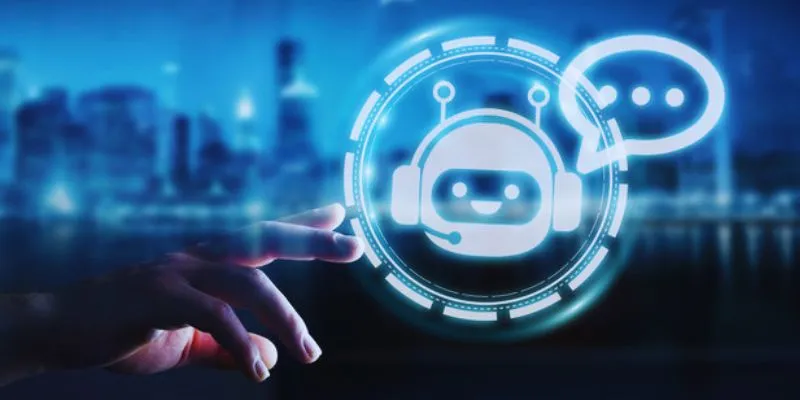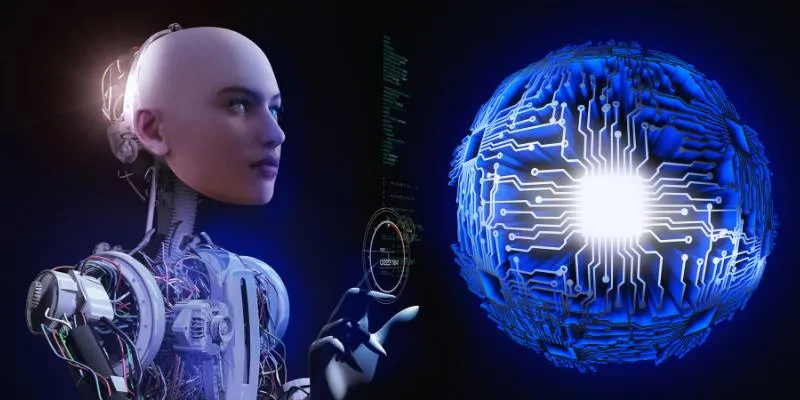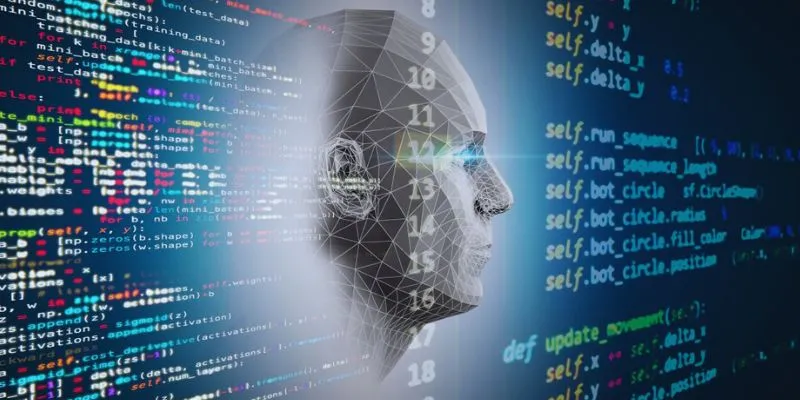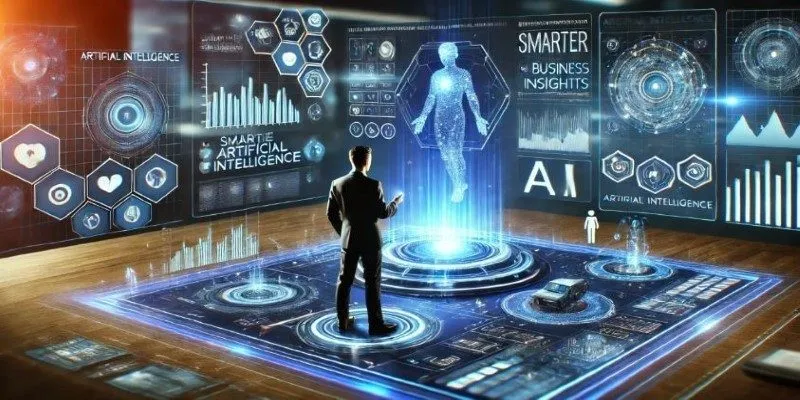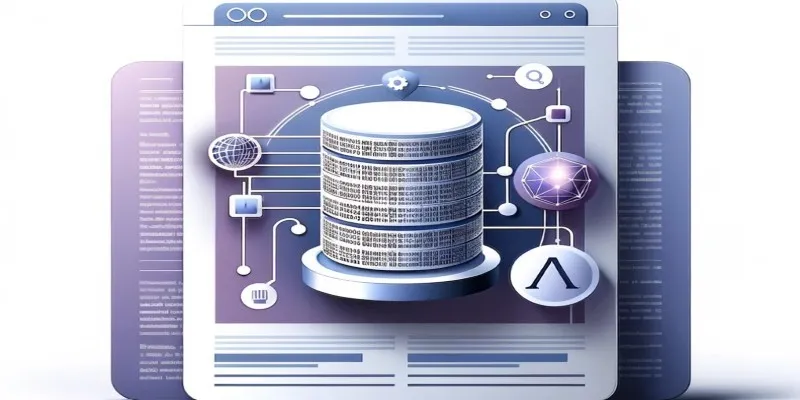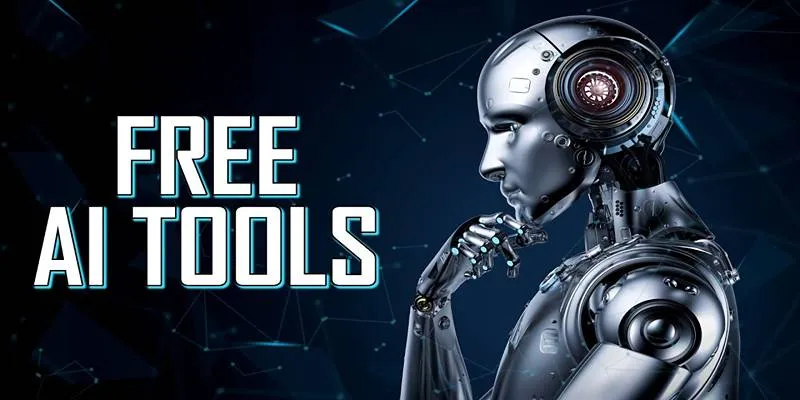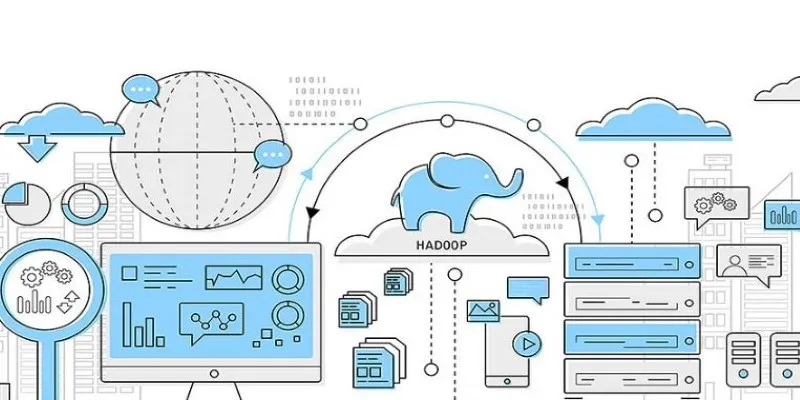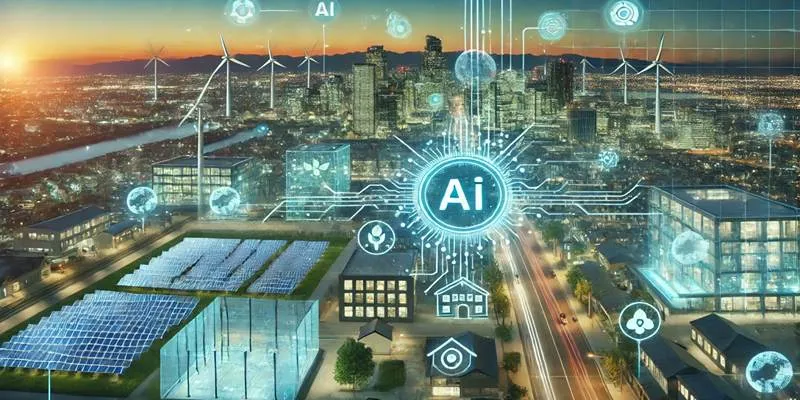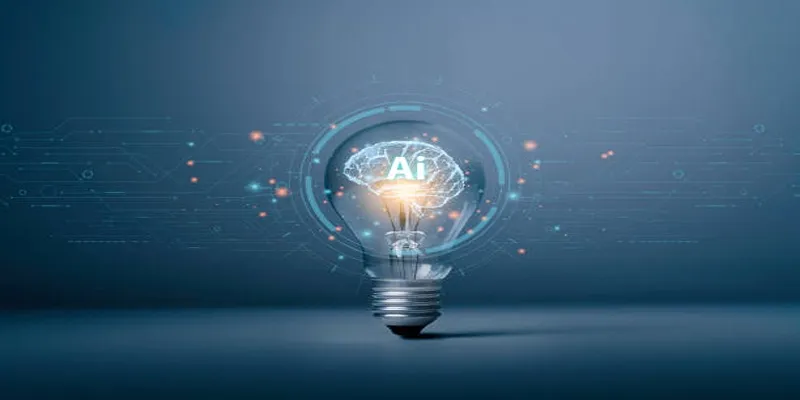Artificial Intelligence: Transforming the World Around Us
In many respects, artificial intelligence (AI) is reshaping our world. AI enhances daily living, decision-making, and problem-solving, powering everything from virtual assistants and smartphones to self-driving cars. While many have heard of AI, its workings remain a mystery to most. In computer science, artificial intelligence is the field that enables machines to mimic human intelligence, allowing computers to learn from and predict data.
AI processes text, recognizes speech, and engages in gameplay. Companies utilize AI in the entertainment, financial, and medical sectors. Understanding AI will help individuals adapt to upcoming technological advancements. This guide explores AI principles, types, learning approaches, applications, benefits, and risks, offering a comprehensive introduction.

What Is Artificial Intelligence?
AI is a branch of computer science where machines can act, learn, and think like humans. It enhances healthcare, banking, and education by enabling computers to assess data, solve problems, and make decisions. AI relies on algorithms—a set of instructions that help computers identify trends and predict outcomes. For instance, AI aids doctors in early disease detection and suggests movies based on user preferences. AI is broadly categorized into narrow artificial intelligence and general artificial intelligence.
Narrow AI is designed for specific tasks like virtual assistants, fraud detection, and chatbots. General AI, which remains a work in progress, would possess human-like intelligence, logic, and problem-solving abilities. Researchers are striving to develop more flexible AI systems. Despite its many advantages, AI raises concerns about employment and decision-making errors. Nevertheless, AI is shaping the future of technology.
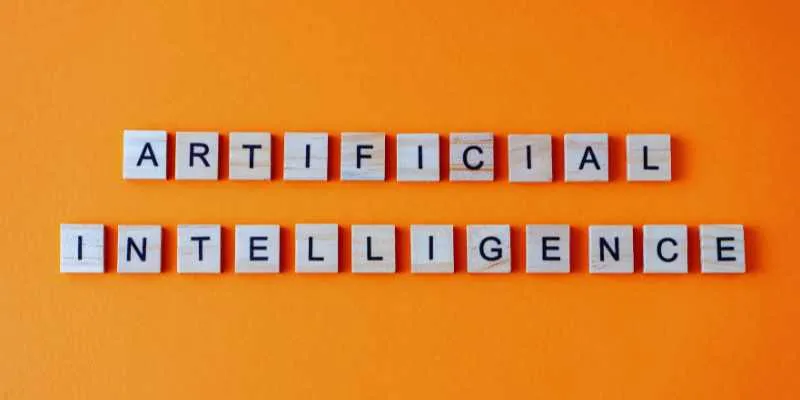
How AI Learns and Works
AI learns through pattern recognition and analysis of large data volumes. It employs machine learning, allowing computers to improve performance without direct human intervention. Machine learning enables AI to anticipate issues, solve problems, and automate tasks efficiently. Supervised learning, where AI is trained using labeled data, is a prevalent form of machine learning. For example, AI is shown numerous annotated cat images to learn their features.
Unsupervised learning is another approach where AI groups similar items and makes predictions independently, without labels. Deep learning, a more advanced AI method, is based on neural networks resembling the human brain. These networks allow AI to recognize voices, analyze images, and understand languages accurately.
Real-World Uses of AI
AI is valuable in many aspects of life, benefiting businesses, healthcare professionals, and individuals. Here are some ways AI simplifies life:
-
Smart Assistants: AI powers virtual assistants like Google Assistant, Siri, and Alexa, which help with daily tasks, answer questions, and understand voice commands. They can manage smart home devices, set reminders, and provide weather updates.
-
Healthcare: AI assists doctors in diagnosis, treatment recommendations, and medical imaging evaluation. It aids in cancer detection, patient data pattern recognition, and streamlining hospital operations. AI also drives personalized medicine and robotic surgeries.
-
Finance: AI enhances fraud detection by analyzing unusual transactions. It forecasts stock trends, automates trading, and guides financial management through budgeting apps and chatbots.
-
Entertainment: AI recommends movies, music, and books based on user preferences. Streaming services like Netflix and Spotify utilize AI to personalize recommendations.
-
Transportation: AI powers self-driving cars, helping them navigate roads, identify hazards, and prevent collisions. It optimizes ride-sharing services and traffic management.
Benefits and Risks of AI
AI offers numerous benefits but also poses risks. Understanding both sides is crucial.
Benefits of AI
-
Improved Accuracy: AI follows precise algorithms, reducing human errors. This is crucial in medical diagnostics, financial forecasting, and automated systems where accuracy is vital.
-
24/7 Availability: Unlike humans, AI can operate continuously without fatigue. It supports automated processes, customer service systems, and chatbots, ensuring businesses run smoothly.
-
Time-Saving Automation: AI accelerates repetitive tasks, allowing individuals to focus on more important work. It boosts productivity in various sectors, from data processing to scheduling.
-
Fast Data Analysis: AI quickly analyzes vast amounts of data to detect trends and patterns that humans might miss. This aids research, fraud detection, and business decision-making.
-
Enhanced Decision-Making: AI provides data-driven insights that help professionals in marketing, finance, and healthcare make informed decisions. AI-driven analytics enable businesses to adapt effectively and boost productivity.
Risks of AI
-
Job Loss & Unemployment: AI automates many processes in sectors like manufacturing, customer service, and transportation, reducing the need for human workers. This could lead to economic instability and widespread unemployment, especially for low-skilled workers.
-
Potential Errors: AI systems learn from data. If trained on inaccurate, biased, or insufficient data, they can make incorrect predictions, posing significant risks in healthcare, finance, and criminal justice.
-
Misuse for Harmful Activities: AI can be exploited for propaganda, hacking, and deepfake creation. Hackers using AI pose serious privacy and security threats, accessing secure systems, stealing identities, and altering digital content.
-
Lack of Human Emotions & Ethics: AI operates on logic without human judgment, empathy, or ethical reasoning. In sensitive areas like recruitment or law enforcement, AI might struggle with ethical dilemmas, leading to biased or unfair decisions.
Conclusion
Artificial intelligence is transforming life and the world. It’s indispensable in healthcare, finance, entertainment, and more. AI evolves by learning from data, powering fraud detection systems, self-driving cars, and smart assistants. Despite its benefits, AI carries risks. Improper training can lead to errors and job displacement. However, careful implementation can maximize its advantages and mitigate risks. Understanding AI is crucial for the future. Even beginners can learn its principles and impacts. AI will continue to evolve, influencing business and daily life.
 zfn9
zfn9

